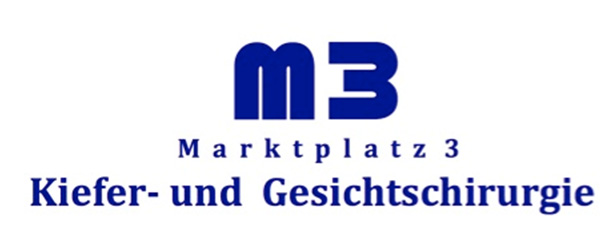A sufficient amount of bone in the jaw is necessary to heal with dental implants. Depending on the shape and volume of the existing bone, we can offer you the best and most gentle method. A 3-D X-ray, a so-called DVT, is required for diagnosis. If there is no bone width of approx. 2mm, the jawbone can be stretched with the help of a bone spread. This method, which is carried out using piezo technology, a special ultrasound saw, is perceived by the patient as being particularly gentle. If the bone width is more than 2mm wide, bone can be transplanted, which is removed from the angle of the jaw in the same operation and fixed to the too narrow area with the help of a screw.
If the bone height is not available for an 8-12mm long implant, bone can also be increased by transplantation. If there are only a few millimeters missing, this is possible after taking bones from the maxillary sinus, and with larger defects from the iliac crest. In the upper jaw there is also the possibility of lifting the maxillary sinus floor. With an existing bone height of 6mm, this is possible with the internal sinus lift. The maxillary sinus floor is raised above the implant hole and the implant is placed at the same surgery date. If there is less bone, an external sinus lift must be performed. The external sinus lift enables the bone to be built up for several implants even when the bone is almost completely missing.
The unique, high hygiene standard of our practice with a clean air filter system in the OR (class Ib-OP) allows the removal of bones from the iliac crest, which usually leaves a scar only 2 cm long.
In addition to our own bones, we also use donor bones and bovine bone material.
You can support wound healing with the help of your own growth factors derived from your blood plasma. For this we take about 10 ml of blood and centrifuge it. This creates platelet rich fibrin (PRF) or growth factor rich fibrin (GFRF). This promotes wound healing and reduces postoperative pain.






